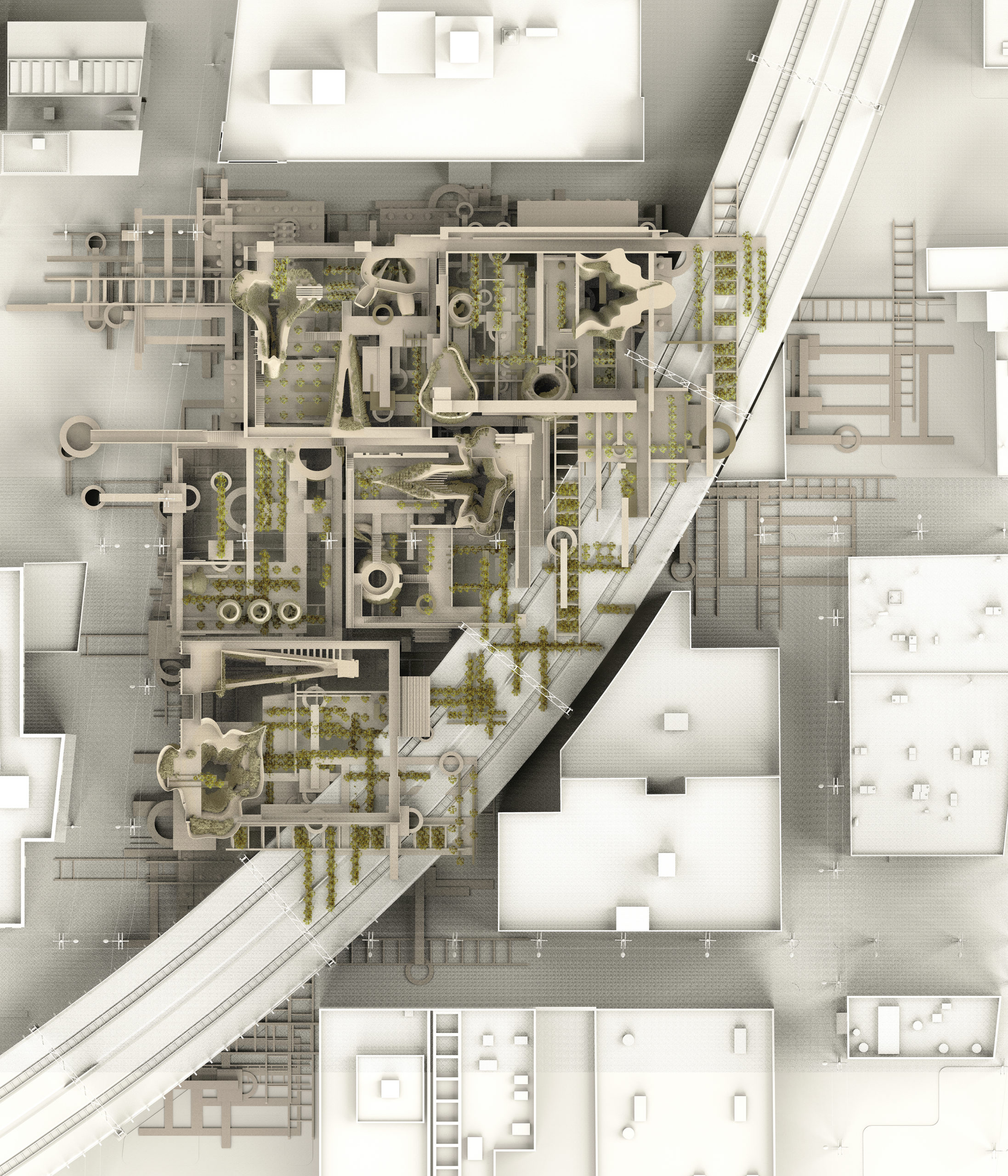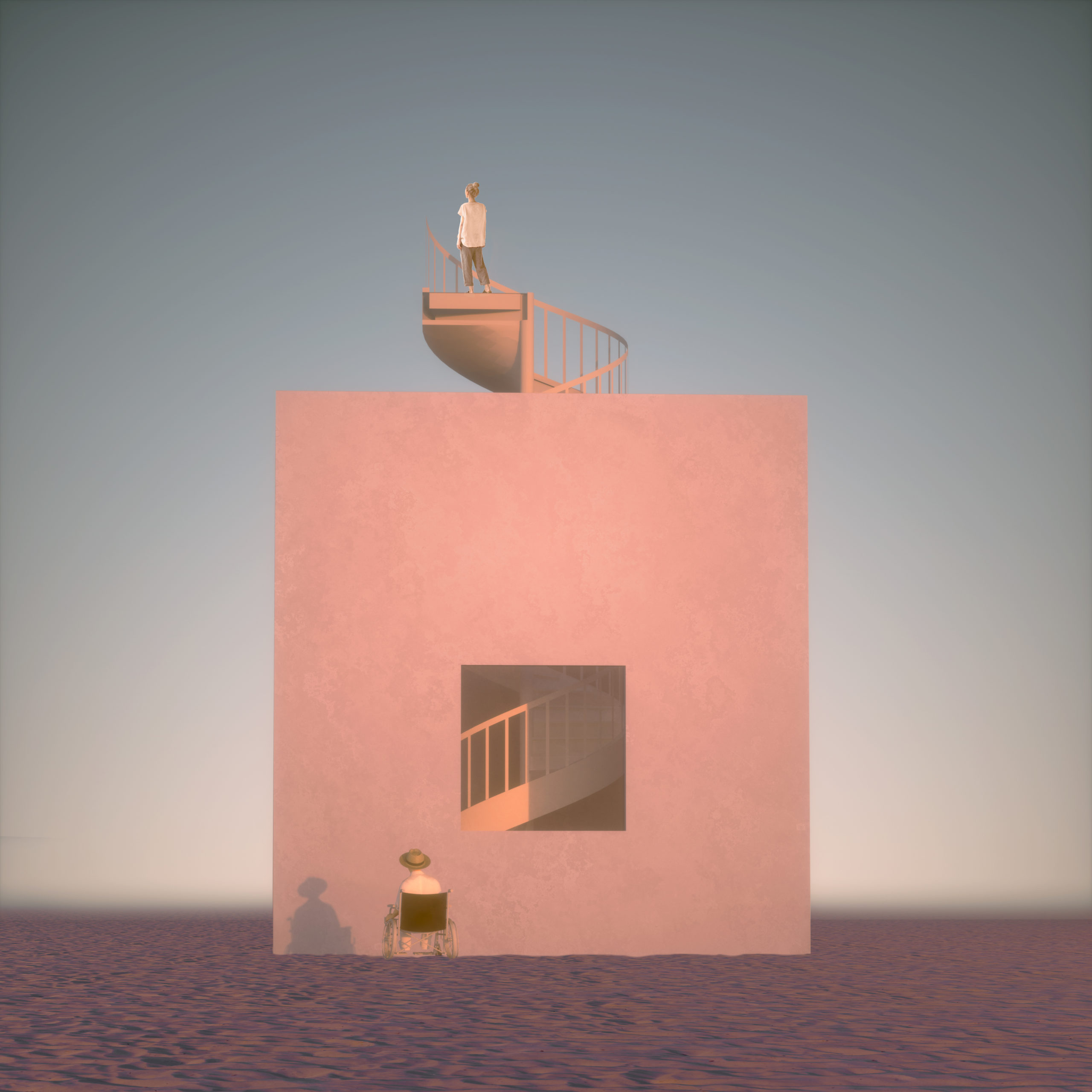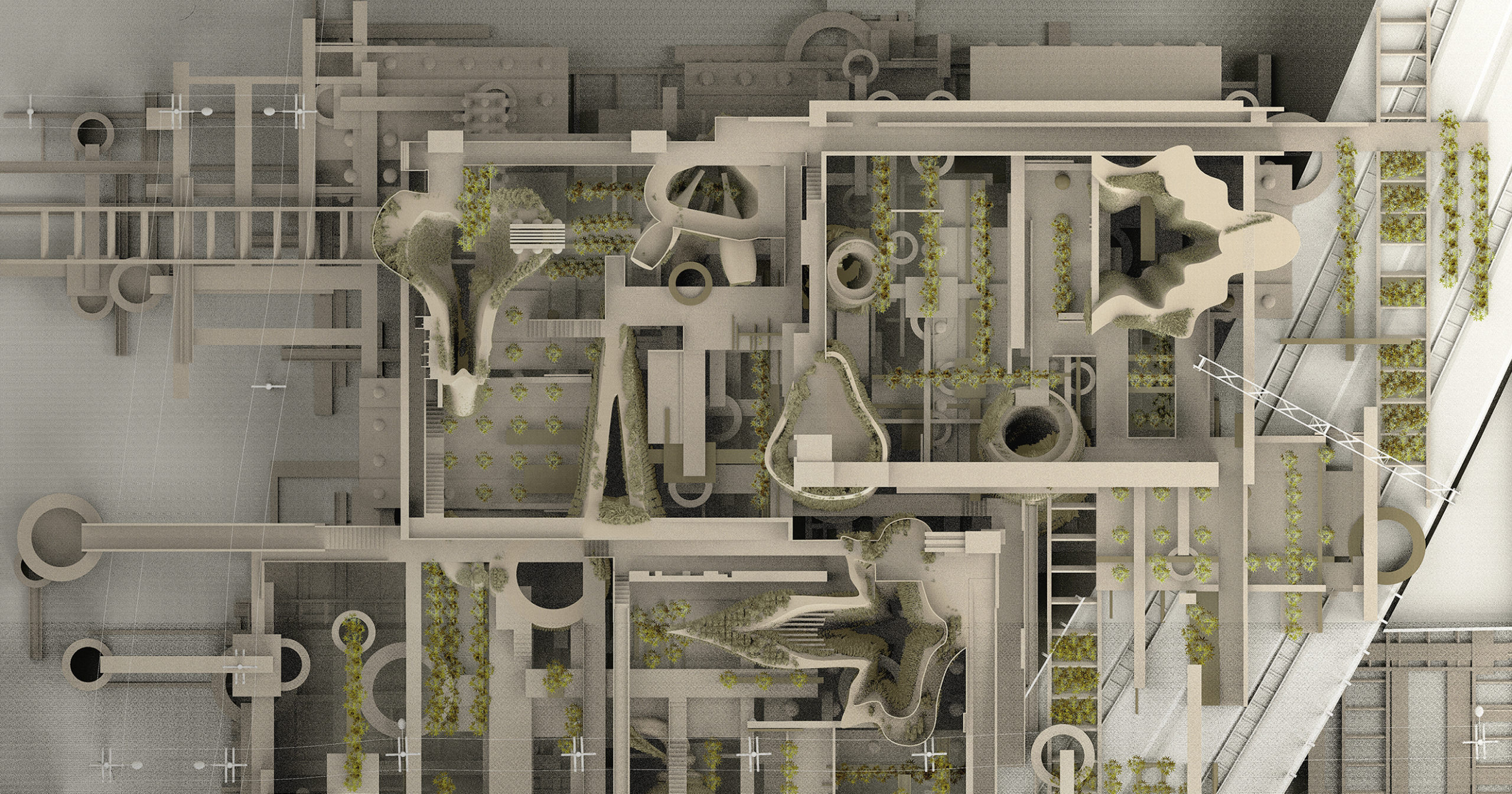This year’s One Drawing Challenge is now underway, and architecture’s biggest drawing competition poses the same provocative question: Can you tell a powerful story about architecture and those that inhabit it with a single drawing? Submit your drawings, new and old, before the Main Entry Deadline on October 21st for a shot at $3, 000 and global publication:
This year, we are excited to be able to offer our largest prize fund to date for our One X Challenge competition series: A total of $6,000 will be split evenly between 2 Top Winners (1 student and 1 non-student).
As well as their cash prize, our Top Winners will have top billing in the Official Winners Announcement (see last year’s announcement here), as well as an exclusive interview about their work. A further 100 Finalists will also see their work published globally in one of our most viewed editorial features of the year: 100 Stories That Tell Powerful Stories About Architecture.
Both Top Winners will also secure themselves a seat on next season’s competition jury, giving them the opportunity to review entries alongside the likes of James Wines on SITE, Amanda Ferber of Architecture Hunter, Bob Borson of Life of an Architect and more!

Plan: “Hemp Tech Garden” by Umar Mahmood, Finalist in the 2020 One Drawing Challenge.
Remember, the brief is simple: Create one drawing that communicates a new architectural proposal or existing piece of architecture, and the experience of those that would inhabit it. It can be located anywhere in the world and be at any scale. Your drawing may depict a real or imagined space, place, building or group of buildings. As long as it portrays architecture in some manner, it is eligible, and it may take any of the following forms:
- Plan
- Section
- Elevation
- Perspective (1 or 2 point)
- Parallel Projection (axonometric, isometric etc.)
- Sketch
- Detail
- Abstract
Your drawing should be accompanied by a short, 150-word description of your proposal, which comprises your “story”. Your story should help explain what your drawing depicts, which could include: The type of architecture portrayed, where it might be located, who might inhabit it, what atmosphere it conjures, the essence it captures, and what makes it special.
Your drawing should be a minimum of 2000 pixels wide, with a maximum file size of 15MB. All the competition guidelines can be found here.
Enter the One Drawing Challenge

Elevation: “GENETICS” by Giangtien Nguyen, Afreen Ali, Aziz Alshayeb and Aminul Karim Masum, Finalist in the 2020 One Drawing Challenge.
For some inspiring examples of each drawing type, explore last year’s stunning finalists. As you consider which of your drawings to submit, it’s worth bearing in mind the three key judging criteria that the One Drawing Challenge jury will use to determine which submissions they score most highly:
Communication
Unlike a piece of art, the most important quality of an architectural drawing is its ability to communicate the design intent behind an architectural proposal. Further to this, a good drawing can tell the story of a building and those that might inhabit it in a single snapshot. The image can communicate many different things and focus on one or more of the following aspects: Spatial layout, technical details, materials, connections between architectural elements, relationship to context, the transition between spaces, and more.
Aesthetics
A beautiful drawing is undeniably appealing, but at their best, the aesthetics of a drawing are about more than just beauty. They convey the essence of the architecture they are portraying, and the atmosphere of a space. A well considered drawing can portray a specific architectural language that speaks to the author’s wider design philosophy. Aesthetics may also concern the portrayal of an untidy, chaotic or even “ugly” brand of architecture to paint a powerful picture of certain environments.
Impact
When communication and aesthetics are perfectly combined, they can produce an impactful image that is eagerly shared among a huge design-oriented community. Virality is not an exact science, but Instagram experts understand the bold qualities that make an image memorable and shareable. The ingredients of an impactful architectural drawing include but are not limited to: Bold geometry, unusual angles, rich color combinations, sharp contrasts, rhythmic patterns and strong legibility.

Section: “Cloud City” by Luka Rados Aleksandar Borisov, Finalist in the 2020 One Drawing Challenge.
What story might you tell about architecture and people in 2022? We want to see the most imaginative plans, sections, elevations and more for this year’s competition, whether it’s a thesis drawing you spent weeks on or a sketch you conjured up in the dead of night! Everyone is eligible to enter (you don’t have to be an architect), and students get a special discount — all they have to do is provide a valid university email address.
Without further ado, hit the blue button below to sign up and start your submission — we can’t wait to see your drawings and share them with the world!
Article updated by Hannah Feniak, October 13, 2022









